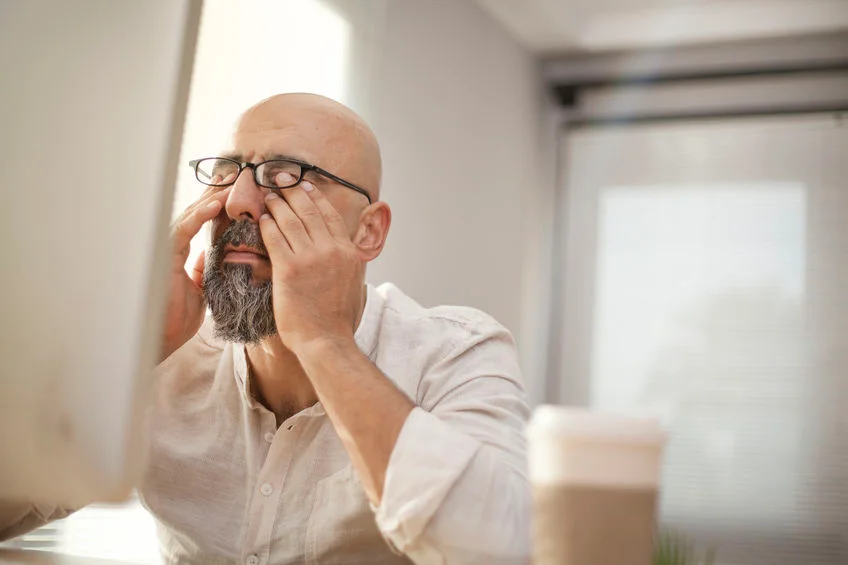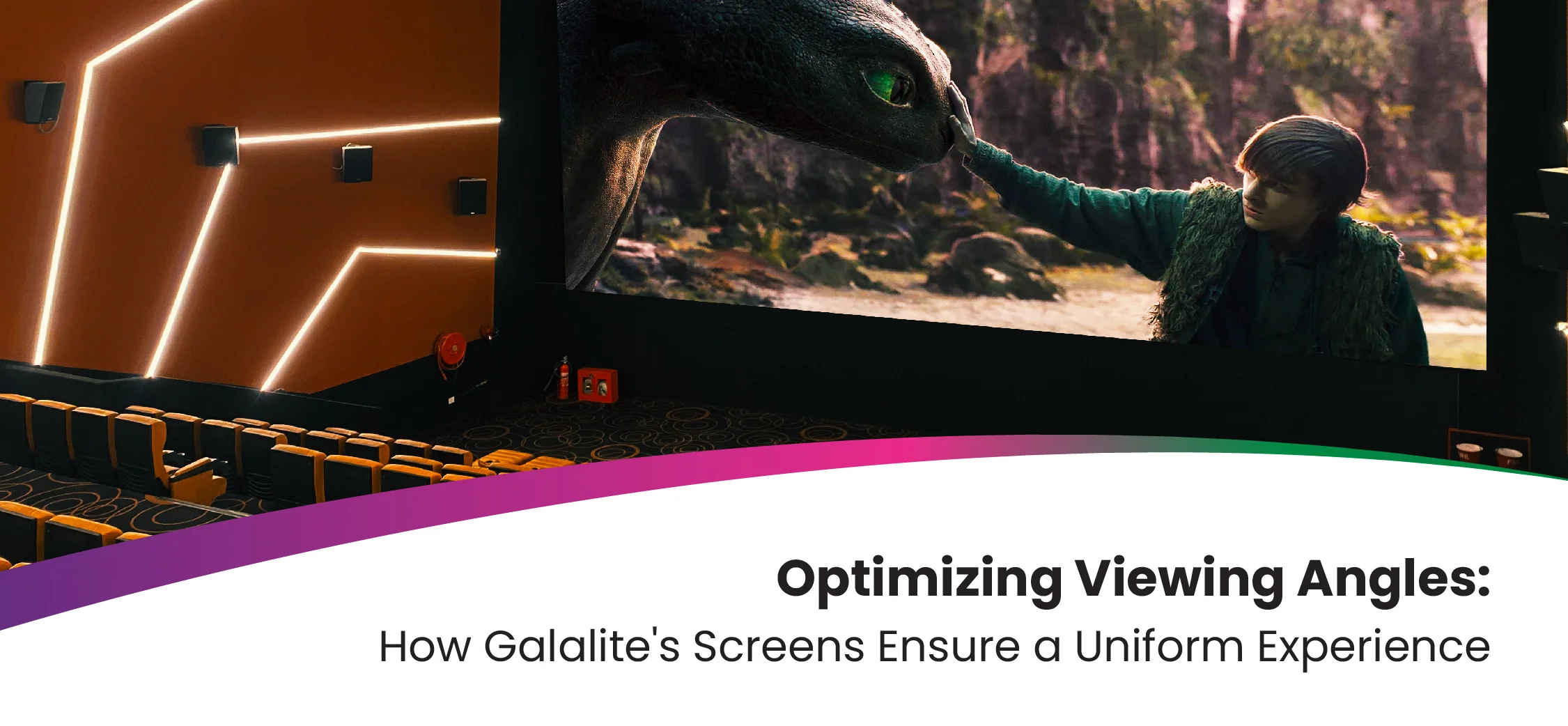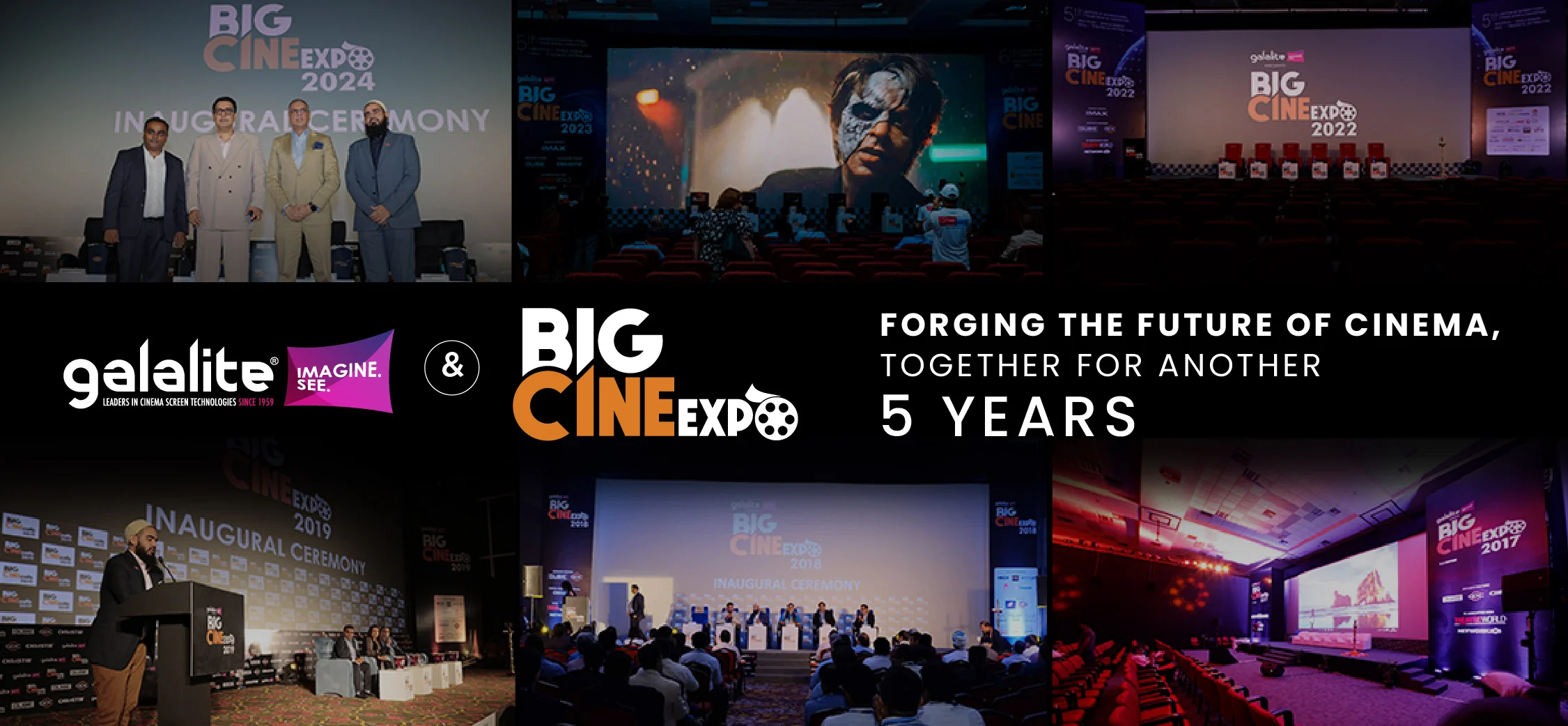
Eco-friendly LED lights may damage your eyes, according to new research. A study has discovered that exposure to LED lights can cause irreparable harm to the retina of the human eye. LED lights have been touted as a super-efficient alternative to traditional bulbs because they use up to 85 percent less energy and each bulb can last up to 10 years. Dr. Celia Sánchez-Ramos, of Complutense University in Madrid and who led the study, explained that light from LEDs, or light-emitting diodes, comes from the short-wave, high-energy blue and violet end of the visible light spectrum. She said that prolonged, continuous exposure to this light may be enough to damage a person’s retina. The retina is composed of light-sensitive tissue that is responsible for detecting light and in turn allowing us to see.
‘This problem is going to get worse, because humans are living longer and children are using electronic devices from a young age, particularly for schoolwork. Eyes are not designed to look directly at the light — they are designed to see with light,’ Sánchez-Ramos said. Her comments are partly based on her 2012 study that was published in the journal Photochemistry and Photobiology. The study found that LED radiation caused significant damage to human retinal pigment epithelial cells in vitro. Sánchez-Ramos added that modern humans have their eyes open for roughly 6,000 hours a year, and are exposed to artificial light for the majority of that time. Some experts have called for the LED lights to have built-in filters to cut out the blue glare.
This is not the first time energy-saving lights have come under scrutiny for safety reasons. Compact fluorescent light bulbs, or CFLs, have been criticized for the high levels of mercury they contain as well as the UV radiation they can emit. LED lights have also been blamed for the changing hues of masterpieces in art galleries. The push to become more environmentally friendly has seen older types of lighting be withdrawn from sale, and increasingly be replaced by LED lights. LED’s uses less energy and do not contain mercury, which has previously been linked to numerous adverse health effects. However, the switch to more carbon-neutral lighting is not without its own problems. Studies have demonstrated that LED’s can also have a negative impact on our health, particularly our eyes, which could be a major problem – laptops, mobile phones, and house lighting all now use LEDs in their construction.
In this article, we would like to share how and why LED’S affect our eyesight and the steps we can take to minimize the risk we face.
Health Issues
LED or Light Emitting Diodes emit blue light which has recently been shown to be harmful to the cells in our retina. This is a serious issue because once our retina is damaged, it cannot be repaired by our body’s immune system. Poor retinal health is often linked to macular degeneration and eventually blindness, so the fear is that LED’s could be accelerating the sight loss of millions of people around the world. In addition, there is no evidence that blue light suppresses the production of melatonin in humans. As melatonin is needed to help us sleep and regenerate from the day’s stresses, anything that interferes with this process is a bad thing. It is easy to see why LED’s and the lighting they provide are beginning to worry both scientists and leading health authorities.
The Curse Of Technology
While modern technological devices have undoubtedly enhanced some of our lives for the better, they are also the primary source of blue light exposure. Look around any home and you will find multiple products that are capable of producing blue light like computers, televisions, laptops, smartphones, house lightings and more. If used in moderation, the health effects of these devices are likely to be minimal, but research indicates that damage will increase the more they are used or viewed.
When you consider that the average person picks up their smartphone an average of 85 times per day, and then watches TV or a laptop, it is obvious how eye damage can very quickly accumulate. This has led to some scientists warning of a forthcoming blindness epidemic. Luckily, there are now ways to reduce our exposure and hopefully avoid sight loss.
How To Protect Yourself
Reducing screen time is the most obvious and effective suggestion to protect our health, but if you need your daily Facebook fix, there are other methods to help. For laptops and smartphones, free apps can lower the amount of blue light that is emitted – if your child has a smartphone, this can be a really effective way to safeguard their eyesight. Physical screen filters can also be purchased. These sit atop the computer or TV screen and again alter the wavelength of light that is being produced. Some Spanish municipalities have now made these filters mandatory in their schools!
Diet is another important factor in protecting our retinas. Vitamin A is an essential eye health nutrient that can be found in spinach and peppers. In addition, salmon, krill, and even edible algae contain large amounts of astaxanthin, which has been shown to reduce retinal cell death.
To ensure that we get the sleep and body repair we need, it is advisable to stop using technological devices at least 60 minutes before bedtime.
As we, Galalite Screens celebrates 60 years of a successful journey in providing innovative cinema screen technologies, we collaborate with Sightsavers India for the campaign called ImagineSee.org. The main purpose of this campaign is to aid the visually impaired children and to share awareness about preventive blindness. We welcome you to join this initiative.
Related articles



